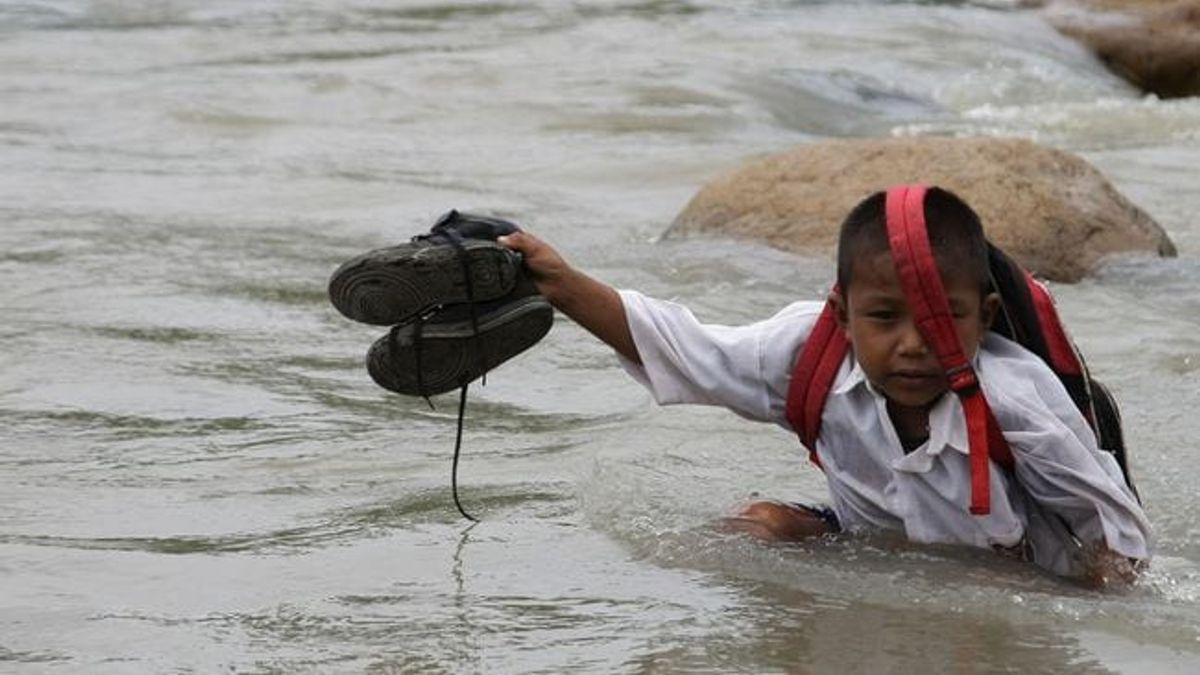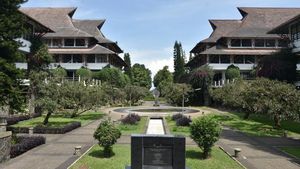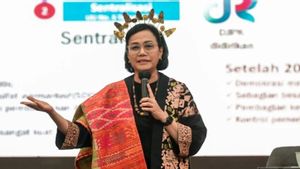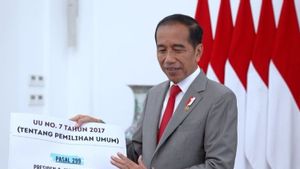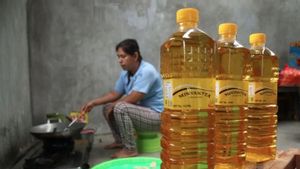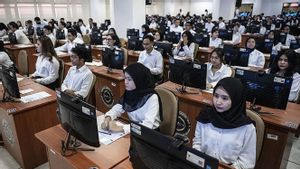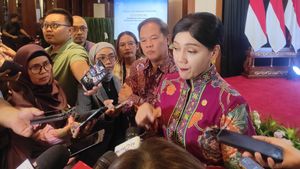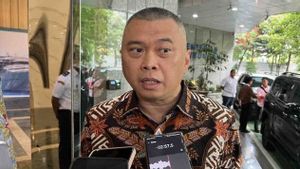JAKARTA News from students of the Bandung Institute of Technology (ITB) who are threatened with not being able to continue the study is quite horrendous to the public. According to the news circulating, this happened because the student had a single tuition arrears (UKT).
ITB is becoming a hot topic of conversation in a number of media, because hundreds of students are in arrears in paying studies. This issue is getting warmer and more discussed because the ITB rectorate offers a tuition payment scheme through online loans (pinjol). It is known that ITB has collaborated with the Danacita loan platform since 2023.
The news of ITB working with pinjol for tuition payments was first revealed by the account X @ITBFess. The tweet immediately drew a negative reaction. ITB is even called inhumane because it tells students not to be able to use loans to pay for colleges.
Budi, not his real name, told that he actually forced himself to study at ITB. His family is not an over-established family. His parents opened their own business, so his income is not fixed.
When the COVID-19 pandemic hit, his family's efforts wavered and the impact is still felt today. But he insisted on entering ITB because there was an unwritten commitment on campus that ITB would never issue its students due to economic problems.
But what to say, now he is threatened with not being able to complete his study because the arrears value reaches tens of millions of rupiah.
"Now I am waiting for the campus' decision to get certainty whether it can continue..." said Budi on Friday (26/1/2024).
In today's era, education is considered a long-term investment, especially children. Good education is considered to have greater potential in shaping character and the future.
But everyone agrees, the day the cost of education is increasing. Given the high cost of education, it's no wonder that this is a problem in almost every family, especially the lower middle class.
The high cost of education makes parents doubt whether they are able to send children to dream school. However, that does not mean that parents cannot make efforts to pay for children's education to college.
One way to make parents have no trouble financing children's schools is to prepare education funds from an early age. According to Ila Abulrahman's Financial Planner, preparing education funds should ideally be carried out after the birth of the child.
"As soon as possible, after his birth or as slowly as possible, it is still better, than tomorrow, the day after tomorrow or later," said Ila.
Ila said, when education funds are prepared from an early age, the time period available is to collect longer and lower funds as well as the financial burden that will be felt later.
The same thing was also expressed by the financial planner as well as the founder of the Mitra Education Plan, Mike Rini. He advised parents to start allocating a certain percentage of their income for child education savings.
Mike also gave an illustration of how to allocate income for living needs, installment fees and investment or savings. He made a scheme of 50:30:20 in sharing income, which means that a maximum of 50 percent of the salary is used for living expenses, 30 percent for installments, and the remaining 20 percent for investment or savings.
However, Mike reminded that 20 percent is not only for education funds, but also for pension funds and emergency funds that must be filled.
"I think 10-15 percent is for the preparation of education funds," he said.
In addition, Mike also emphasized that the number of percentages applies to all children in the family. So, it must be allocated proportionally for the entire number of children, not multiplied by the number of children.
Dropouts are still an unresolved phenomenon in the world of education. The Central Statistics Agency (BPS) noted that the dropout rate in Indonesia has increased since 2019-2022. The dropout rate increased from lower to higher education levels, although not all for economic reasons.
The dropout rate at the elementary school level reached 0.13 percent in 2022, or an increase of 0.01 percent compared to the previous year. At the junior high school level, the dropout rate was recorded at 1.06 percent in 2022. This figure also increased by 0.16 percent from the previous year which was 0.90 percent. Then at the high school level the dropout rate reached 1.38 percent in 2022, which also rose 0.26 percent from 2021.
"This shows that there are 13 children out of 1,000 people who dropped out of school at that level," said teacher community founder of the Joint Satkaara (KGSB) Ruth Andriani.
Meanwhile, BPS through the 2021 National Economic Survey (Susenas) revealed that 76 percent of families admitted that their children had dropped out of school for economic reasons. Most of them, namely 67 percent of them were unable to pay tuition fees, while the remaining 8.7 percent were because children had to earn a living.
Other data from the 2020 High Education Stastitik Report shows that 601,333 students dropped out of school in 2020. According to the report, private universities (PTS) contributed the most dropouts, namely 478,826 people or 79.5 percent of students dropping out of PTS.
SEE ALSO:
In second place, students dropping out of school came from state universities (PTN) with 101,758 people. Then students dropped out of college from religious colleges (PTA) as many as 18,284 people and other ministry/institutional universities (PTK) as many as 3,395 people.
Preparing education funds is not easy, but it can be pursued by making children's education one of the priorities in managing finances. Preparing education funds as early as possible is also believed to ease the burden in the future, so that incidents of difficulty paying tuition fees or college can be avoided.
The English, Chinese, Japanese, Arabic, and French versions are automatically generated by the AI. So there may still be inaccuracies in translating, please always see Indonesian as our main language. (system supported by DigitalSiber.id)
